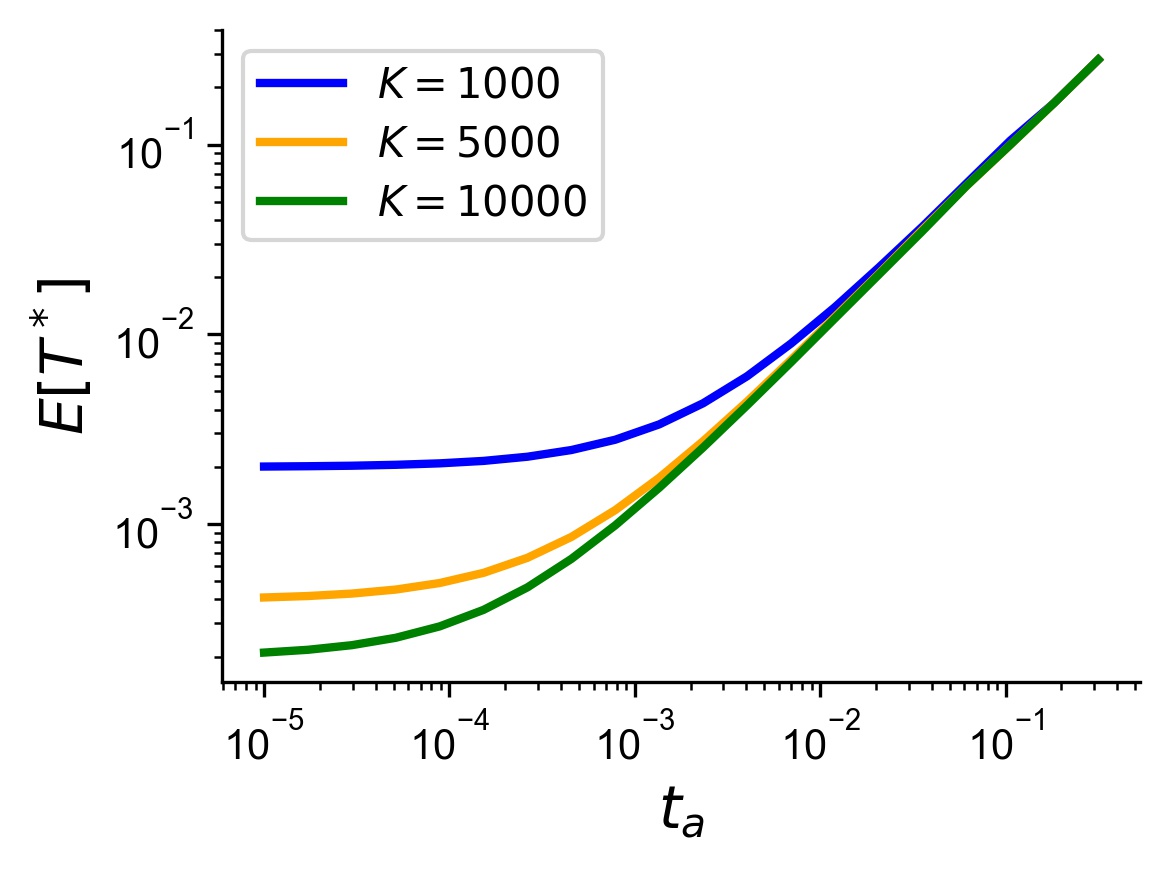Research¶
Statistical Genetics of Chromosomal Dosage and Aneuploidy¶

While it is normal for most healthy individuals to contain two-copies of our genome within each cell, there can be deviations to this property either due to mutation (CNVs) or errors in chromosome segregation. A more recent research direction of mine has been to develop statistical methods for the analysis large-scale changes in chromosomal dosage (e.g. copy-number variation, or whole-chromosome aneuploidy). Much of my research has been focused on pre-implantation genetic testing (PGT) data from in-vitro fertilization (IVF) embryos, to infer properties of aneuploidy and meiotic recombination related to fertility.
Some active topics of research in this area:
Inferring crossover rates in embryo PGT datasets and their genetic architecture
Refining dosage constraint estimates of genes from segmental aneuploidies
Evolution of dosage constraint/relaxation across somatic tissue evolution
Human Statistical and Population Genetics¶

Much of my current work is centered on human population genetics -with a goal to understand human evolutionary history and improve experimental design for studies of human disease. A subset of my research has been developing methods for using inferred ancestral recombination graphs (ARGs) for both statistical genetics of complex traits or inference of population history. Some recent topics of interest include:
Leveraging ARGs for inference of introgression (particularly when reference samples are unavailable)
Association mapping and quantitative genetics using inferred ARGs for complex variants (e.g. CNVs, SVs).
Statistical considerations for meta-analysis of complex traits across multiple ancestries
Characterizing population history of Indian populations
Theoretical Population Genetics¶

Much of my applied work draws on results from population genetic theory, and I enjoy working on problems that involve more mathematical rigor. Typically, these are oriented towards understanding how theory can be used to intuit or improve statistical population genetic inference. Some active topics of research in this domain are:
Two-locus genealogies with spatial and temporal structure
Inference of demographic history using time-stratified data
Evolution of recombination rates and meiosis-related traits
Genealogical models for intra-cellular/somatic evolutionary inference